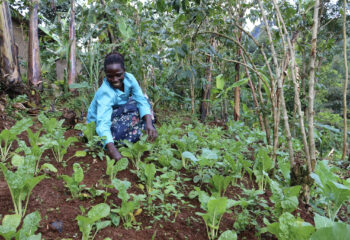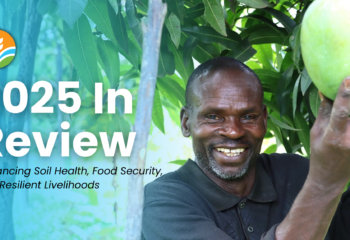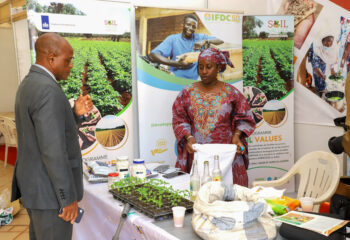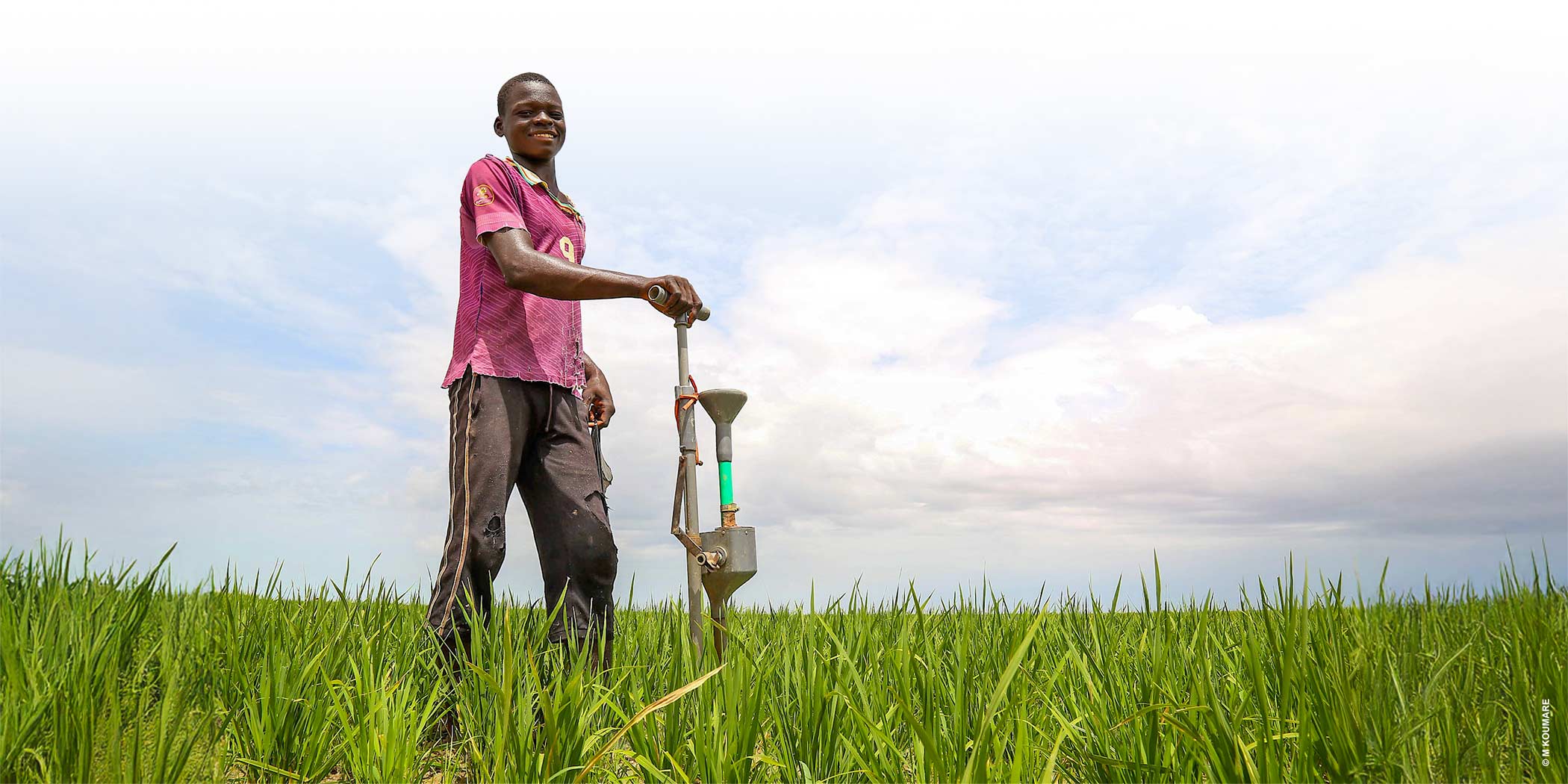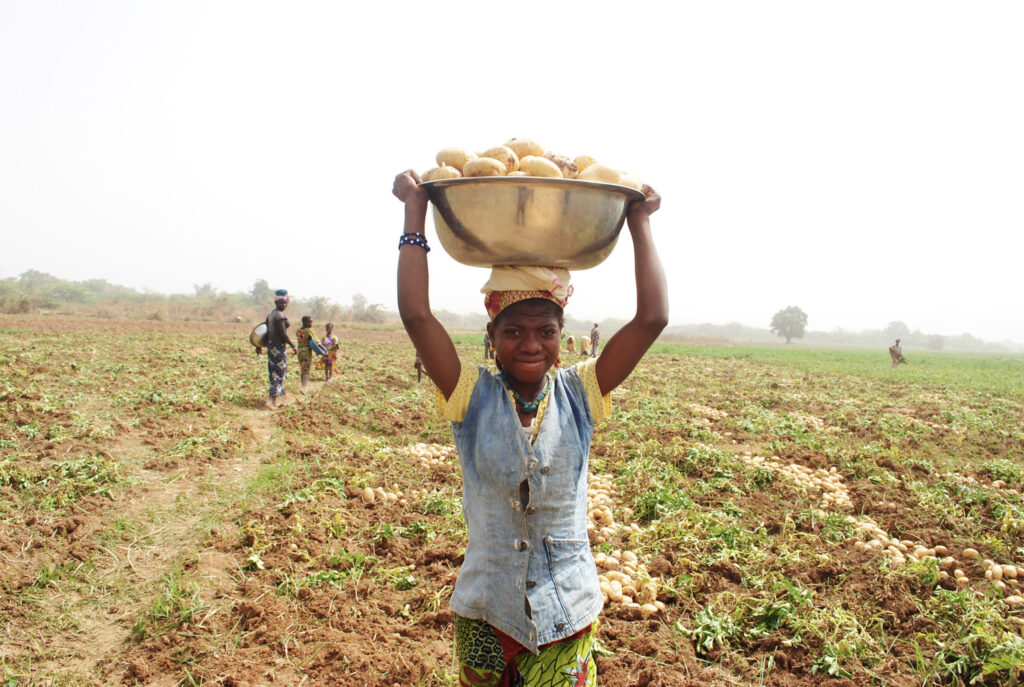
By 2030, the United Nations estimates that nearly 600 million people will be chronically undernourished, a challenge exacerbated by population growth, climate change, pandemics, and human conflict.
The UN further estimates that by 2050, nearly 10 billion people will live on the planet. The United Nations Food and Agriculture Organization estimates that global food production must increase by 70% to nourish 10 billion people.
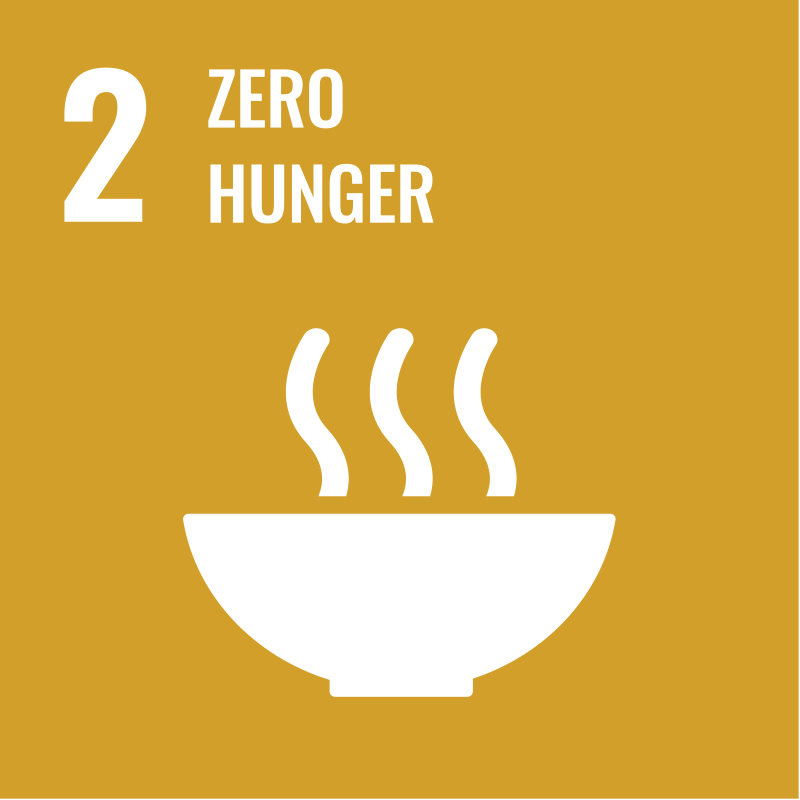
The question then arises: Can improved soil health play a significant role in reducing global hunger and offer sustainable solutions to feeding the world?
Our theory of change is simple yet impactful. By improving a farm’s soil health, we can enhance plant nutrition, minimize environmental pollution, leading to higher crop yields and improved human and animal health.
This means that farmers and their families will have access to more food which is also more nutritious addressing both hunger and hidden hunger.
This paper seeks to elaborate on this theory of change and build the case for improving soil health as a pathway to food security.
The paper is organized as follows. We begin with an overview of how soil health is critical to multiple SDGs, including SDG 2: Zero Hunger. We then discuss the challenge of global hunger; including its persistence and rising trend in recent years.
We delve into approaches that are critical to improving soil health so that crop systems can thrive. Next, we look at not just overall food availability but the challenge of hidden hunger which is closely linked to levels of plant nutrition and healthy soils, before concluding with the caveats of our assessment.
Ultimately, feeding a planet of 10 billion people by 2050 will not be possible without healthy soils. As such, soil health must be prioritized not just as an agricultural concern, but as a critical global development.

